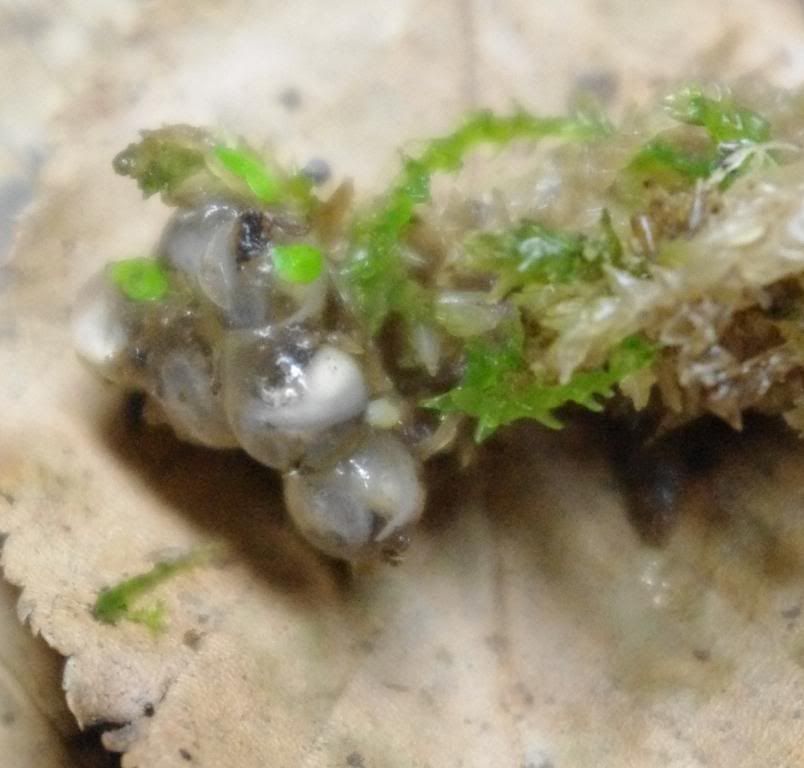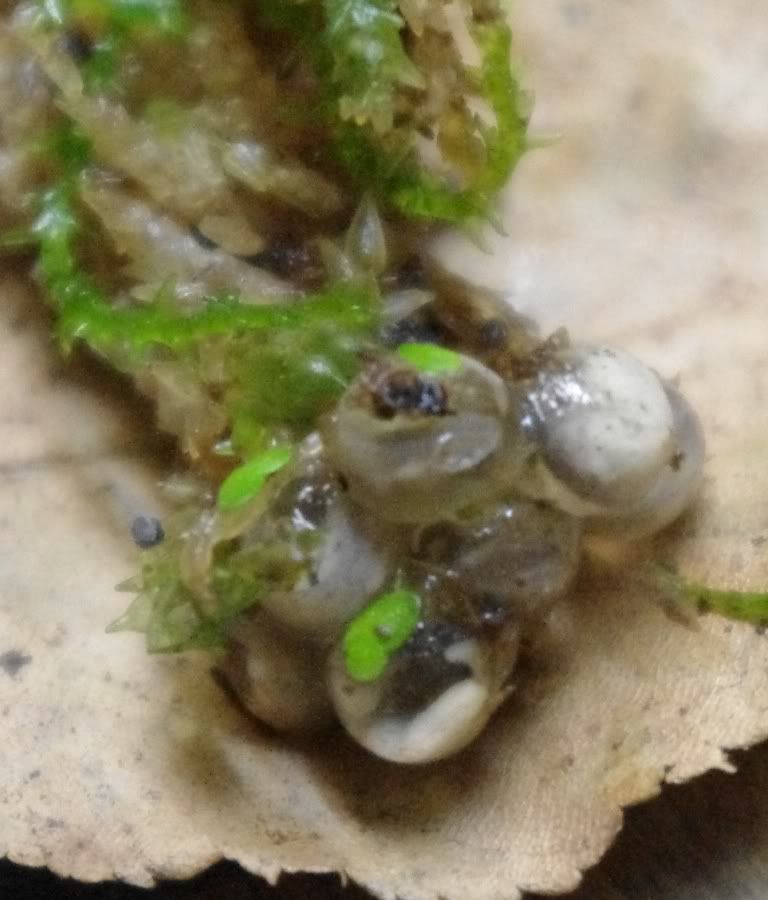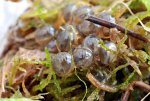Greatwtehunter
New member
- Joined
- Jul 1, 2008
- Messages
- 2,297
- Reaction score
- 73
- Points
- 0
- Age
- 41
- Location
- Roanoke, VA
- Country
- United States
- Display Name
- Justin
So I got a pleasent surprise last Saturday when a few other members stopped by my house. I went digging through my Hemidactylum scutatum tank to show them my adults when low and behold I found not just one female guarding eggs but all three of my females sitting around their eggs!!
The only thing I really did for these guys was give them a really cold winter then I heavily fed them when their tank started warming up. Simple enough!!
Here is their tank. That is in fact live sphagnum moss.
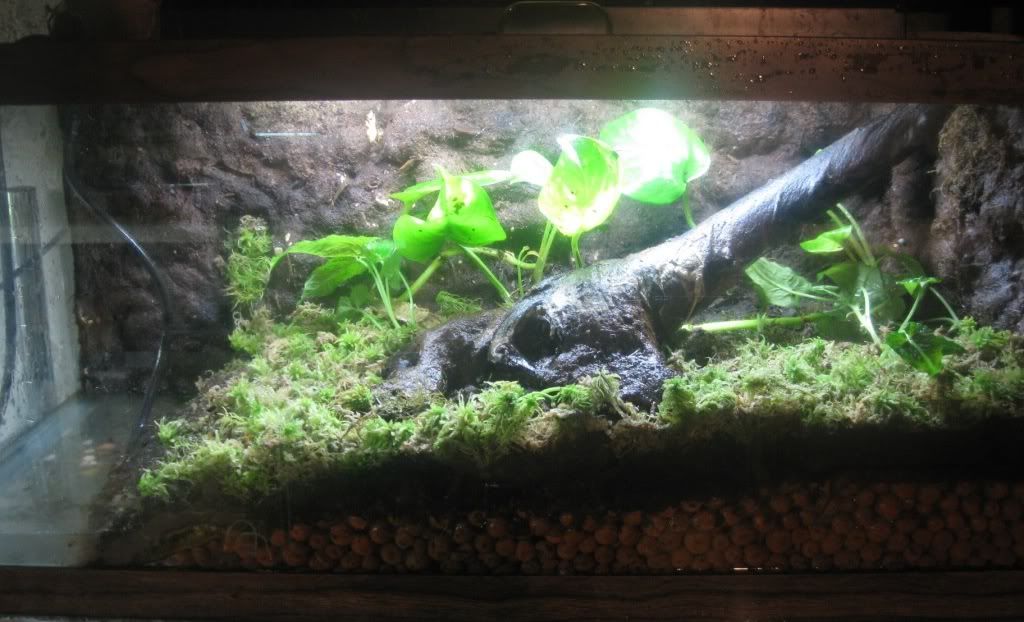
Here is female #1.

Female #2.
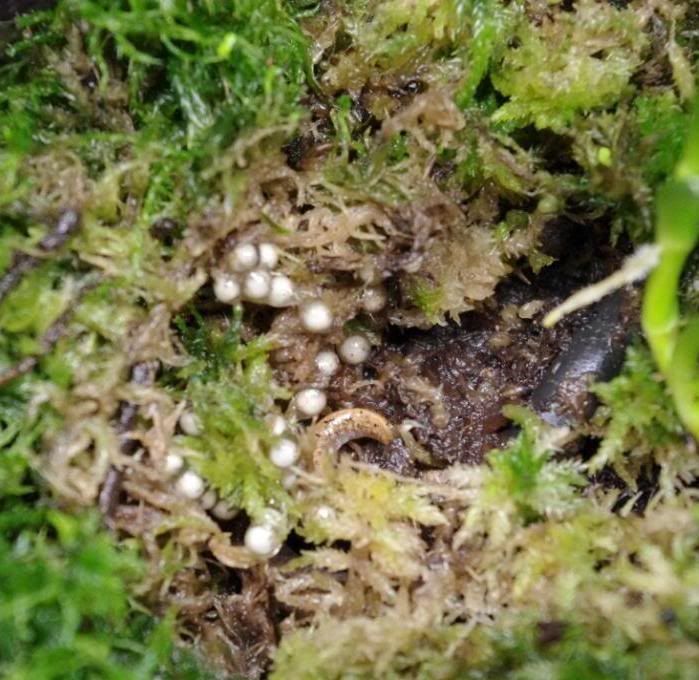
Finally, here is female #3. You can start to see the eggs developing in this picture.
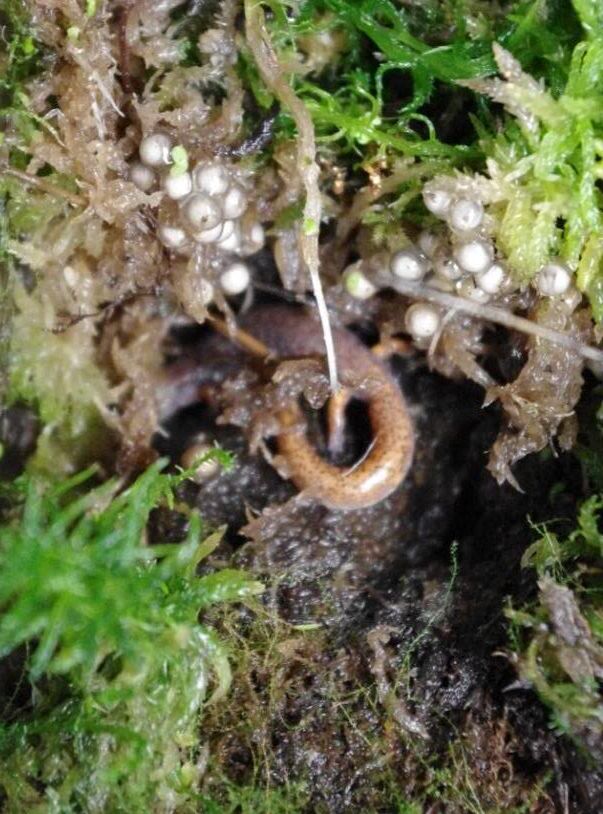
The only thing I really did for these guys was give them a really cold winter then I heavily fed them when their tank started warming up. Simple enough!!
Here is their tank. That is in fact live sphagnum moss.

Here is female #1.

Female #2.

Finally, here is female #3. You can start to see the eggs developing in this picture.


